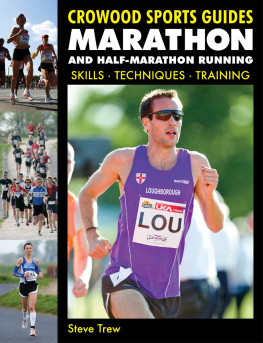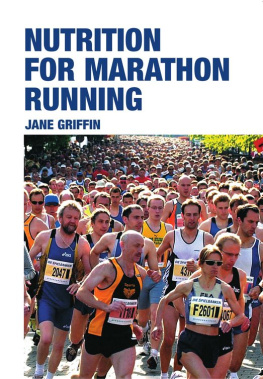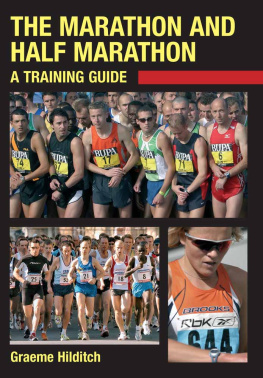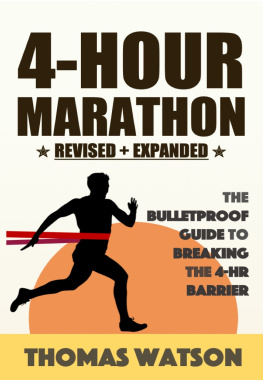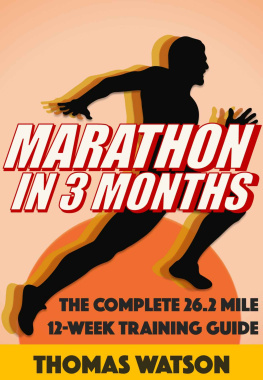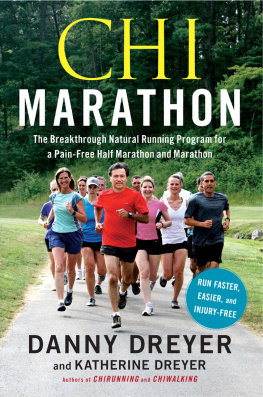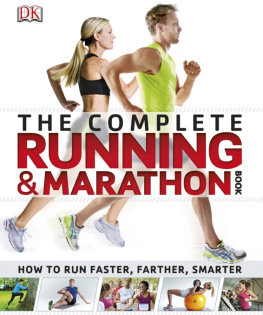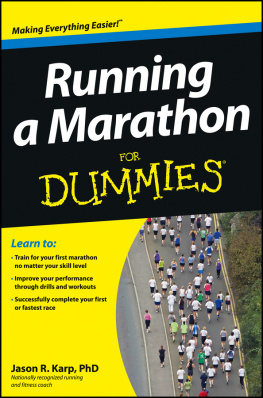


Copyright 2018 by Andrew Kastor
No part of this publication may be reproduced, stored in a retrieval system or transmitted in any form or by any means, electronic, mechanical, photocopying, recording, scanning or otherwise, except as permitted under Sections 107 or 108 of the 1976 United States Copyright Act, without the prior written permission of the Publisher. Requests to the Publisher for permission should be addressed to the Permissions Department, Rockridge Press, 6005 Shellmound Street, Suite 175, Emeryville, CA 94608.
Limit of Liability/Disclaimer of Warranty: The Publisher and the author make no representations or warranties with respect to the accuracy or completeness of the contents of this work and specifically disclaim all warranties, including without limitation warranties of fitness for a particular purpose. No warranty may be created or extended by sales or promotional materials. The advice and strategies contained herein may not be suitable for every situation. This work is sold with the understanding that the Publisher is not engaged in rendering medical, legal, or other professional advice or services. If professional assistance is required, the services of a competent professional person should be sought. Neither the Publisher nor the author shall be liable for damages arising herefrom. The fact that an individual, organization, or website is referred to in this work as a citation and/or potential source of further information does not mean that the author or the Publisher endorses the information the individual, organization, or website may provide or recommendations they/it may make. Further, readers should be aware that Internet websites listed in this work may have changed or disappeared between when this work was written and when it is read.
For general information on our other products and services or to obtain technical support, please contact our Customer Care Department within the U.S. at (866) 744-2665, or outside the U.S. at (510) 253-0500.
Rockridge Press publishes its books in a variety of electronic and print formats. Some content that appears in print may not be available in electronic books, and vice versa.
TRADEMARKS: Rockridge Press and the Rockridge Press logo are trademarks or registered trademarks of Callisto Media Inc. and/or its affiliates, in the United States and other countries, and may not be used without written permission. All other trademarks are the property of their respective owners. Rockridge Press is not associated with any product or vendor mentioned in this book.
Photography Peepo/E+/Getty Images, .
Illustrations Christian Papazoglakis/Illozoo
ISBN: Print 978-1-93975-430-1 | eBook 978-1-93975-431-8
In memory of Gabe Proctor.
Your effortless stride was a pleasure to watch.
Ill always remember our friendship.
Rest in peace, Champ.
CONTENTS
The will to win is nothing without the will to prepare.
Juma Ikangaa, 1989 New York City Marathon Winner
In November 2001, less than two months after the September 11 attack on the World Trade Center, I had the great privilege of running in the New York City Marathon, and it was by far my most memorable race to date. As a former competitive runner, I didnt finish as fast as I would have liked (in fact, I basically bonked), but the combination of it being my first marathon and the emotions I, and everyone else on the course, felt running 26.2 miles through that strong, beautiful, resilient city more than made up for my slightly disappointing finish time. It was then that I realized there are many amazing reasons why people run this distance.
For months, I had visualized running straight through the five boroughs that make up the NYC Marathon course at a pace of 6:52 per mile, with a projected three-hour finish time. I had prepared meticulously... or so I thought. I started off strong. I had the unique opportunity to line up directly behind the elite women, as my girlfriend at the time (now wife), Deena, was competing in the womens professional field (it was her first marathon, too). And at 10 a.m. a cannon rang out a thunderous boom, signaling to me and the 30,000 other athletes patiently waiting at the base of the Verrazano-Narrows Bridge that it was time for us to climb out of Staten Island and begin our long 26.2-mile journey up to Central Park.
Unfortunately, the race didnt go as planned, and I was walking by mile 20. In classic runners speak, I hit the wall (or my wheels came off, or I bonked). Afterward, I asked myself a series of questions: Why did this morning go so poorly? Did I train correctly? Was my pacing too aggressive? Was it something I ate... or didnt eat? I finally realized that the answers to all of these questions (and more) led to me being underprepared and ultimately not reaching my goal.
As a coach to all different types of runners, from first-time 5Kers to Olympic marathoners, over the last 21 years, it has been my job to try to prevent others from making the same kinds of mistakes. The first coaching position I landed was for a distance-running program with seven athletes on a community college track team in Southern California. Six years later, I started a nonprofit running club in Mammoth Lakes, California, called the High Sierra Striders, which consisted of athletes of all abilities and ages whose biggest motivation to run was to slow the rate of inevitable decline, as one older gentleman graciously put it. Then in 2012, I was hired on as the coaching director for the Los Angeles Marathon and the LA Road Runners, a group of a thousand beginner to advanced runners who do strategically prescribed training runs together every Saturday morning. Today, I coach the Mammoth Track Club, a team that prepares elite athletes for national, world, and Olympic championship competitions.
Ive personally completed four marathons, and I make a point to draw from my own experience, as well as my passion for and knowledge of running, every time I create a training plan for someone else. Ive worked with athletes who simply want to finish a marathon and those who want to finish faster than ever before. Regardless of their goals and abilities, every single one of them has learned to overcome some of the physical and mental rigors of marathon training. So it is my firm belief that with the proper guidance, anyone can find the sport of marathon running to be immensely rewarding.
Thats where this book comes in. I will discuss everything you need to know when preparing for and attempting to finish your first marathontips on choosing the right race, training advice (and plans) to help you reach your goals, ways to select the proper gear, suggestions of what to eat and drink during all those long runs, dynamic warm-ups and stretches you can do to reduce your risk of injury and improve your performance, ideas for staying motivated, and much, much more.
My goal as a coach is to give you all the information you need to make it to the starting line healthy and the finish line happy.

Running a marathon is a daunting task. History has it that the actual distance was determined in commemoration of the run that Greek soldier Pheidippides completed in 490 BC, from a battlefield near the town of Marathon, Greece, to Athens, to personally announce victory over the Persians. It wasnt until 1896, when the first modern Olympic Games took place in Athens, that the marathon was officially introduced as a sanctioned event, and it is still the longest distance running event in both the Olympics and the World Track and Field Championships.
Next page

